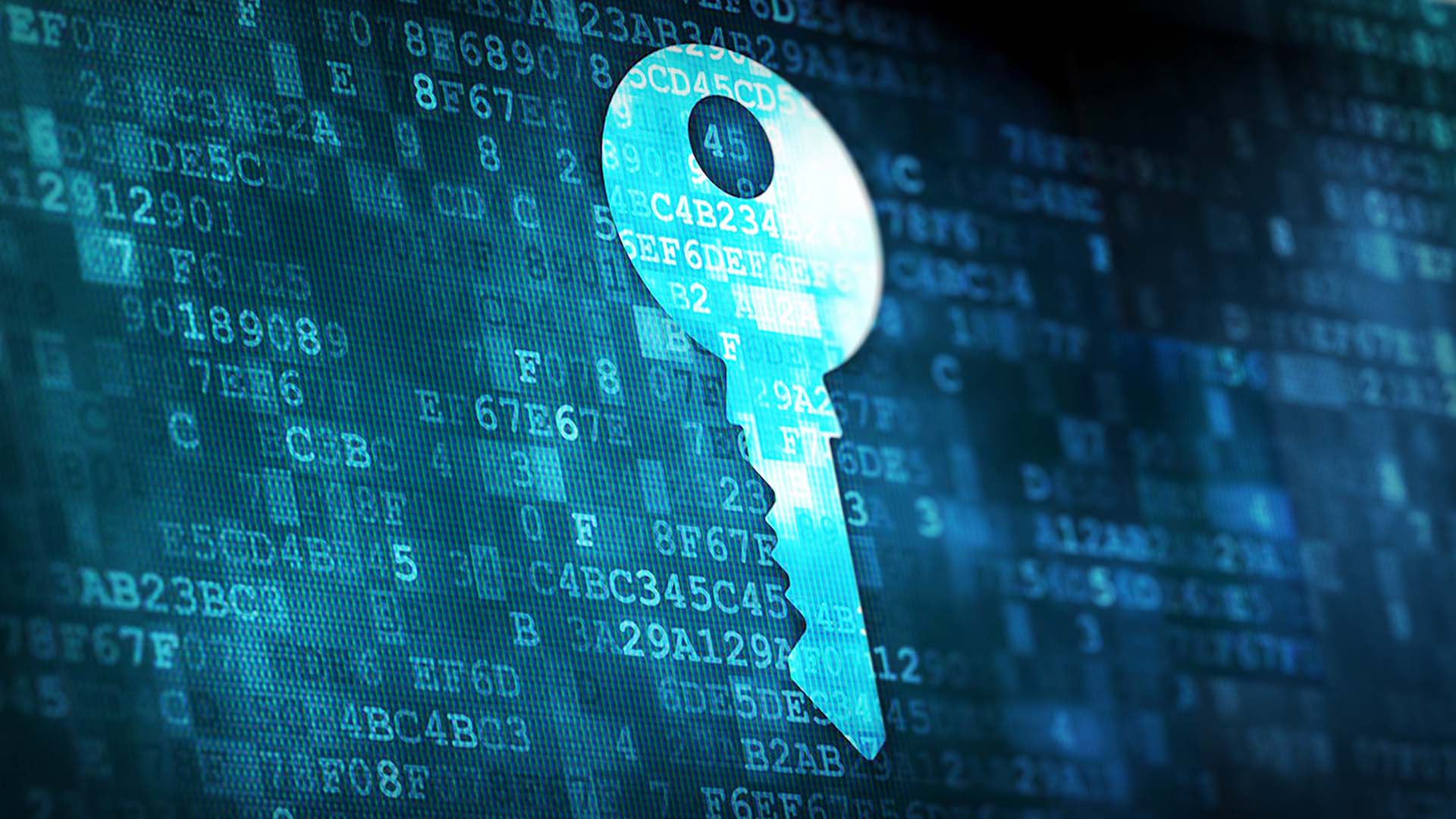Clarification of misunderstandings – digital signature is a technical process that clearly identifies an electronic file – special meaning of the “advanced” signature
Although the technology of the digital signature has been used for more than ten years, it is still not very widespread and therefore always gives rise to misunderstandings.
Misunderstanding I:
A digital signature is NOT a scanned signature that is added as an image to a file.
Misunderstanding II:
The usual attachments and supplements that are attached when sending emails are not to be understood as digital signatures. Although these attachments are often referred to as “signatures”, they do not meet the modern requirements of a digital signature.
The technology of the digital signature
Digital signatures are created by special programs and uniquely link a file to the signing person’s private key. If you were to change the file, the signature would no longer match, and changes to the signed file would then be recognizable. Furthermore, the digital signature makes it possible to determine who signed the file.
Many user products such as Microsoft Outlook, Adobe Acrobat Reader, Microsoft Word etc. have signature programs and therefore have the digital signature process integrated. This has the advantage that both the creation of a digital signature and the verification of the signature are significantly simplified.
In other cases, the files must be signed or checked by your own programs.
The signing process can be started automatically by a person (signator) or by computer programs.
If the signature is made by a person (personal signature), this is usually done by entering a password (also known as a passphrase) that only the signer knows.
Examples of automatically signing files are so-called secure web servers, which sign each web page before it is transmitted to the user’s browser. Users recognize this from the URL “https://…” or from the closed lock symbol in some browsers.
Special importance of the “advanced” signature
The so-called “advanced” signature, which is legally recognized for various uses, is of particular importance.
With the “advanced” signature, particularly secure programs and signature methods must be used, and it is also mandatory that the private key is kept safe by the signer and only used by him/herself. He must personally sign each document, as the key must not be given to anyone else. It is also possible to sign a whole group of documents “in one go”, so to speak.
Invoices with an “advanced” signature must be recognized by the tax authorities as full invoices and thus as input tax deductible.
You might be interested in that…
What are the costs of not going paperless?
While digitization reached almost every aspect of daily work, the necessity for handwritten signatures in B2B environments preserves printing paper its crucial role – and incurs costs. However, by implementing e-signatures, businesses can reduce expenses, streamline processes, and contribute to a more sustainable...
QES & Competition Law – European Commission to require electronic signatures from 1st September, 2023
To further simplify merger control procedures and in line with its overall digital strategy, the European Commission has published a number of revised legal texts, including one that will make electronic transmission of electronically signed documents the default method from 1 September 2023. Read on to find out...
Sign and encrypt emails using an Apple iPhone
User guide for signing and encrypting emails with the GLOBALTRUST CLIENT certificate on your Apple iPhoneAs of May 10, 2023 1 Basic 1.1 Goals of this document A step-by-step guide on how to add the certificate to your iPhone to then sign and/or encrypt emails. This guide was created for an Apple iPhone (iOS version:...




